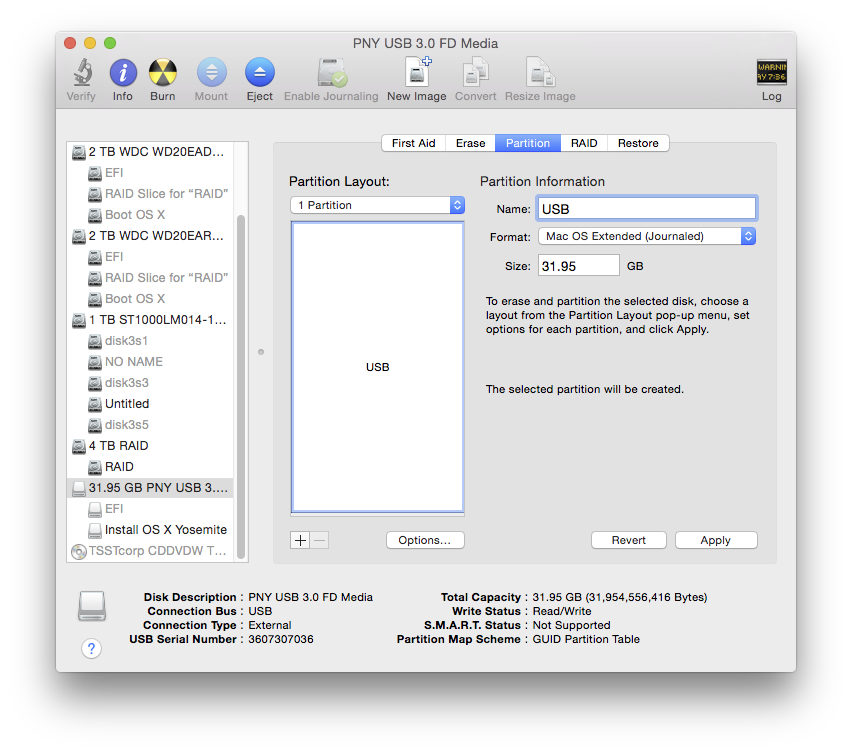

Once done, click the Generate EFI button, and a new folder called EFI will appear on your desktop. These values are matched with the System Model you chose SMBIOS, you want to find the right CPU Generation and tier as closely as possible, then match up with either iGPU only or dGPU SMBIOS (adjust the link with your platform) and then click On the Kext - essential tab, we want both Lilu and VirtualSMC ticked, VirtualSMC Plugins tab, we ticked SMCProcessor and SMCSuperIO (this is for us to be able to detect the processor temperature, and the fan's rpm), Graphics tab, we ticked WhateverGreen and left the Boot-Args empty, Audio tab, we ticked AppleALC and left the Boot-Args empty, Ethernet tab, we ticked RealtekRTL8111, and didn't do anything on the rest three tabs ( USB, WiFi and Bluetooth and Extra's) įirmware Drivers, we left both OpenRuntime.efi and HfsPlus.efi ticked and didn't do anything on the Legacy (BIOS) tab In this case, on the System Type, we selected Haswell Download and run OC-Gen-X, and start entering your computer hardware specifications:.Sudo /Applications/Install\ macOS\ Big\ Sur.app/Contents/Resources/createinstallmedia -volume /Volumes/USB Run Disk Utility and format your USB drive with one HFS+ partition and label it with USB and then go to Apple: How to create a bootable installer for macOS to grab the command, if you want to install Big Sur, we already have the command for you: img and copy 'Install macOS Big Sur' to your Applications folder. Get the macOS installer by running the command at The tools we need above.If you're using Windows, you can have a look at your peripherals make and model by going to Device Manager -> right-click and select Properties on the peripherals you want (for example, Realtek PCIe GbE Family Controller), then go to the Details tab and select Configuration ID property, you'll find something like RTL8168E on the value meaning your NIC is Realtek 8168 series. You want to find out as much information about your hardware, particularly your processor, NIC (ethernet), Wi-Fi (if any), Sound Card (audio), internal storage drive (SATA or NVMe)įor example, if it's an Intel Core i5-4690, you want to find out the processor's generation, if it's Haswell or Kaby Lake, by looking at its product specifications on its Intel Automated Relational Knowledgebase (ARK) website.Post-Install you want to make sure that GPU Hardware acceleration is working properly by running: VDADecoderChecker (this verification can also be done by using Hackintool).OpenCore Sanity Checker to check OpenCore configuration.ProperTree to edit OpenCore configuration (EFI/OC/ist).MountEFI to mount the hidden EFI partition.OC-Gen-X for generating OpenCore configuration files.


Mkdir ~/macOS-installer & cd ~/macOS-installer & curl -O & sudo python installinstallmacos.py


 0 kommentar(er)
0 kommentar(er)
